#portuguese tradition
Text
The Caretos of Podence
Happy Carnaval!! Time for another cultural ramblie because I haven't done this in a while!!

(I just think they're cool)
This was originally gonna be about multiple Carnaval traditions in Portugal, like my Halloween post, because I wanted to talk about a really beautiful festivity in my city but then I realized it was related to an entirely different holiday and I wasn't gonna scrap this idea (I'll do that one in August, I guess??). So I decided to make a post about the Caretos of Podence because I just really vibed with them.
disclaimer! None of this is from lived experience, just online research (although I tried to use sources directly related to it, specifically the Casa do Careto website). I am not from Trás-os-Montes at all and have little contact with this. Just like in my first cultural ramblie, this is just me trying to better connect with my own culture and sharing what I find with anyone who's interested. If you see any errors or want to add anything, feel free!! I'm always happy to learn!
Okay, but before we begin: what exactly is Carnaval?
You might have heard of Brazil's Carnaval. Portugal's is way less hardcore but still culturally important (although some brazillian-style Carnavais are celebrated here).
The actual day of Carnaval is the day before Ash Wednesday, but it usually lasts about a week or 3 days in more urban areas (Carnaval break is a real thing that schools have). The general objective is to have an all-out celebration before Lent starts because, after that, you're not supposed to celebrate until Easter rolls around.
The Caretos
The village of Podence is in the middle of Trás-os-Montes, somewhat between Mirandela and Miranda do Douro. It is mostly known for this celebration, which lasts for about a week.
The name "caretos" means something like "big faces" and comes from their very recognizable masks. They're made of either leather or metal and are meant to completely obscure the identity of the wearer. The costumes are made of rows of coloured wool and are usually made by the community. The red, yellow, and green pattern is not mandatory and it can have many different colours, but it's the most common since it's the colours of the flag. On top of the costume, they wear a lot of bells: smaller ones attached to the straps on their chest and 4 to 8 bigger cowbells tied around their waist.
During the celebration, the caretos dance through the town, accompanied by the jingling of their bells. Traditionally, the caretos were young men who chased after single women, but today anyone can wear the costume and chase after anyone they please. They also go around stealing any easily grabbable chorizos left hanging from smokehouses, and use wooden staffs to propel their jumps higher.
On the last day of Carnaval, the Entrudo (a giant figure of a man) is burnt to draw away the bad things of the old year and let in the next. Like this:
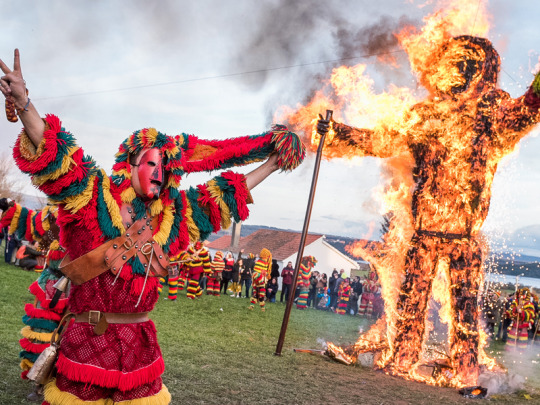
This celebration has pagan roots, although none really know exactly where its origins lie. People seem to point to it being a pre-roman festivity, but we have few sources to go from. The most probable explanation is that it was a fertility ritual connected to the agricultural cycle, since this is generally the time in which farmers can start planting again after the winter.
I hope you enjoyed this little ramble. Because I very much did. Here's some more pictures:

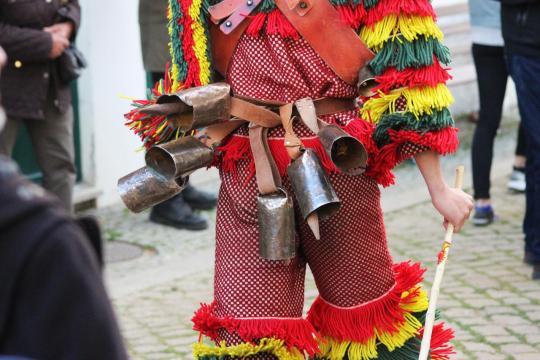
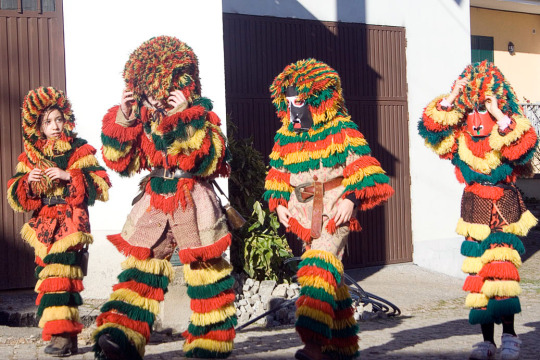

#fun fact: they made a board game about this#a thing i've never seen but DESPERATELY want to see a Careto do is a body wave#i know that costume is gonna look soooo satisfying doing that#and sound satisfying too tbh. like those cylinder thingies at the carwash.#i've never gone to see the Caretos bc i'm broke as hell but i want to someday#i have another cultural ramblie planned for tomorrow btw!! it's gonna be kinda different but still cool#happy carnaval#portugal ramblies#portuguese tradition#caretos de podence#portuguese folklore#idk how common carnaval is or isn't in other countries. sorry if the intro was kinda bad in that regard
10 notes
·
View notes
Text
From Sea to Plate 9 Amazing Sardine Facts You Should Know
With the help of this educational movie, you can explore the underwater world of sardines and learn 9 fascinating things about these diminutive but magnificent fish.
You'll learn about the sardine's hidden sides, from its history in the Atlantic and Mediterranean oceans to its importance in different cuisines throughout the world.
Examine their high protein content, high omega-3 content, and crucial position in the marine food chain.
Learn about their impact on customs like Portugal's St. Anthony's Day celebration and their novel use as bait for larger fish. Join us as we honor the legacy of sardines and their influence on food and culture.
#SardineRevelations #OceanTreasures #Omega3Goodness #HeartHealthyEating #ProteinRich #VitaminDBoost #CulinaryDelights #GlobalPalates #FeastOfStAnthony #MarineEcosystem #PredatorPreyCycle #FishingMethods #SeafoodWonders #SardineNutrition #SustainableFishing #MediterraneanFlavors #SeaToPlateJourney #EcoFriendlyConsumption #MarineBiodiversity #TastyBait #FishingTraditions #HealthyLiving #SardineMythsBusted #SeafoodMagic
#SardineSecrets #OilyFish #Omega3Rich #HeartHealthy #ProteinSource #VitaminDBoost #CannedDelicacy #GlobalCuisine #PortugueseTradition #FeastOfStAnthony #MarineFoodChain #PredatoryFish #PurseSeineNets #SmallFishSpecies #SardineNutrition #EcosystemImpact #SardineCooking #BaitingGame #MediterraneanFlavors #AtlanticEcosystem #FishFacts #factflow #Eating #MarineBiodiversity #SardineMyths #fact #flow #factflow #facts
#Sardine secrets#Oily fish#Omega-3 richness#Heart-healthy#Protein source#Vitamin D boost#Canned delicacy#Global cuisines#Portuguese tradition
0 notes
Text
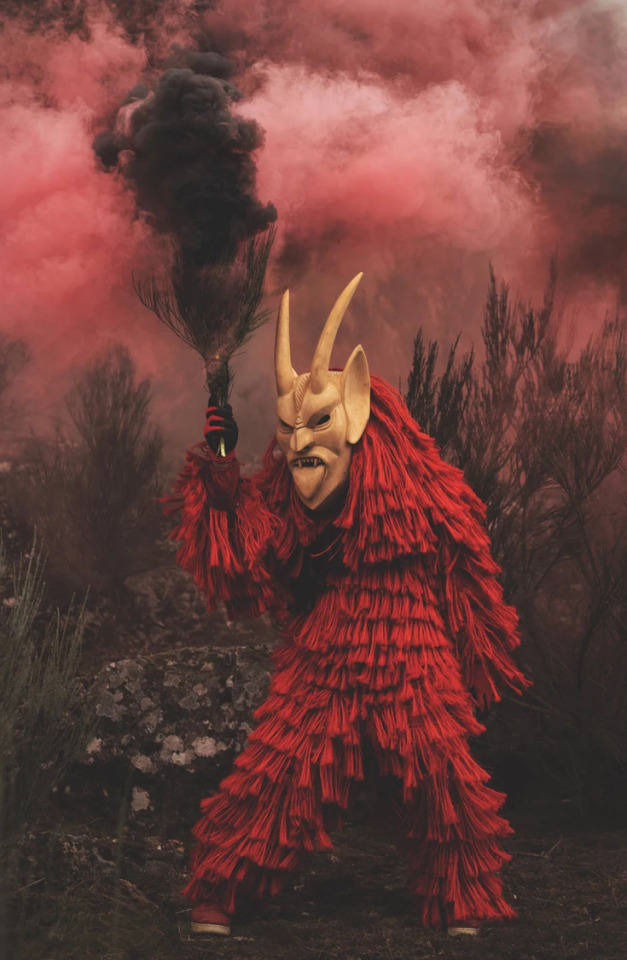
Portuguese Caretos masker, Portugal, by Ashley Suszczynski
#portuguese#portugal#europe#western europe#folk clothing#traditional clothing#traditional fashion#cultural clothing
697 notes
·
View notes
Text

Call me a siphonophore the way I'm a giant colony of smaller animals moving as one collective animal that gets commonly mistaken for a jellyfish
#Anways another man war#Yippieee#Worked on this asshole for like. Ten elevenish hours cjsksjndmd#art#acrylic art#traditional art#Ocean art#Marine biology#Siphonophore#portuguese man o war
230 notes
·
View notes
Text
A compendium of references to Portugal in Japanese video games
The beginning of the historical relations between Portugal and Japan dates to the year 1541, when a Portuguese ship washed ashore at Jingujiura. Nearly sixty Japanese words are of Portuguese origin. A variety of Japanese traditions and culinary delights were introduced by Portuguese traders, sailors and missionaries. But in what way has this cultural exchange extended to the more recent phenomenon of Japanese digital games? As a portuguese devotee of Japanese culture, the topic seemed relevant enough to merit some additional exploration.

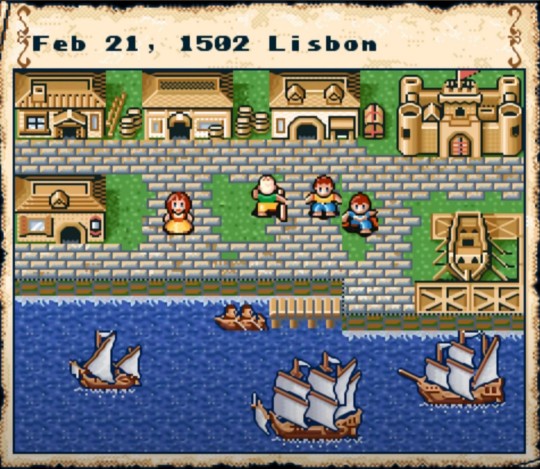
To my knowledge, the first significant reference to Portugal in Japanese video game is found in Koei's The Age of Discovery from 1990, a game published in the west under the title Uncharted Waters. The main character is a disgraced Portuguese nobleman named Leon Ferrero who resorts to maritime exploration, trade and naval warfare to restore his family's good name and prestige.
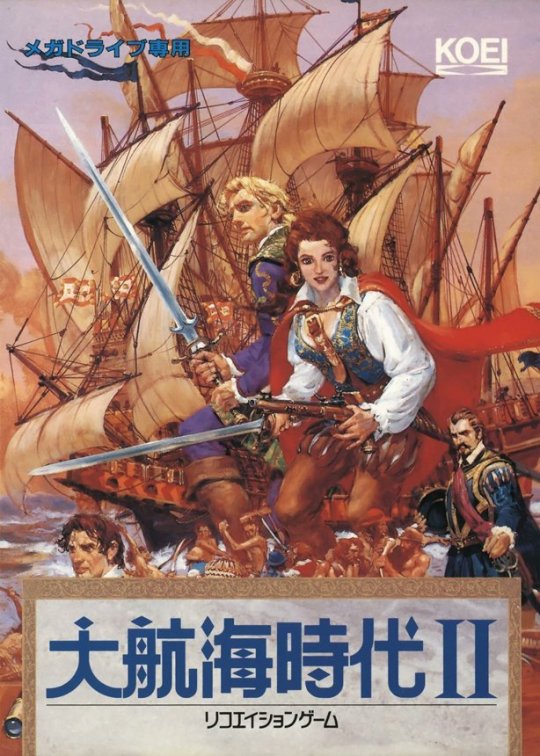
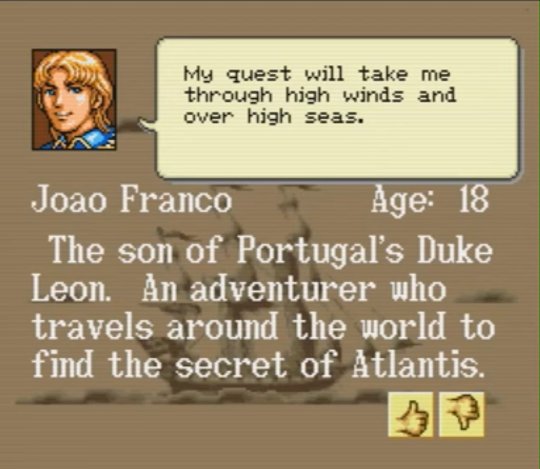
Its 1993 sequel, known in the west as New Horizons, diversifies the base game structure of the original by including multiple characters to select from, each with their own story and mission. Among them is the tale of João Franco, the son of the original episode's protagonist Leon, who sets out to discover the mysterious location of the fabled Atlantis, no less.

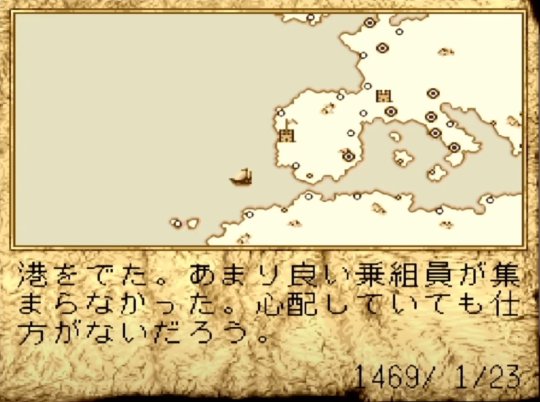
Another meaningful reference can be found a year later in ArtDink's 1991 strategy game The Atlas, in which the player takes on the role of a 15th century explorer with a five year contract with the King of Portugal to discover and chart lands around the Iberian Peninsula.
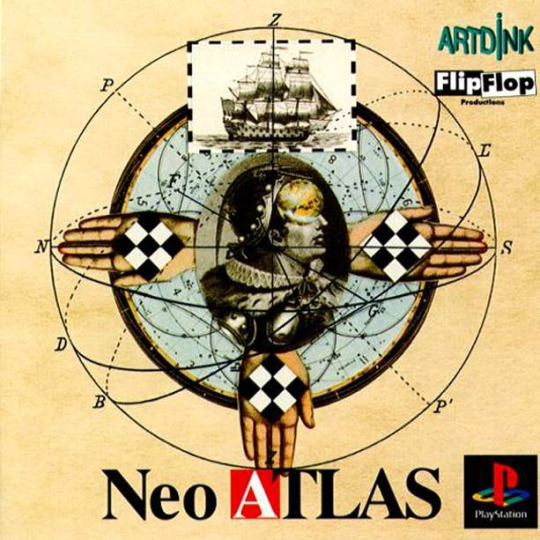
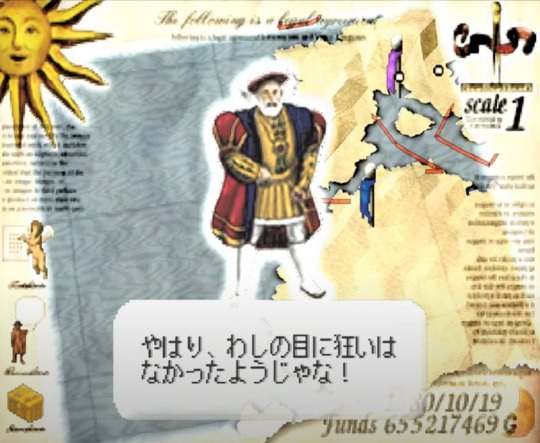
In 1998, ArtDink recreated the game for contemporary systems and published as Neo Atlas. The protagonist is a Portuguese trading company owner seeking business expansion opportunities in remote territories, as well as discover and chart hitherto unknown parts of the globe. A similar premise is found in a later sequel, Neo Atlas III.
Apart from nautical strategy games, a few other titles exist where mentions to the Portuguese territory, language and culture can be traced.

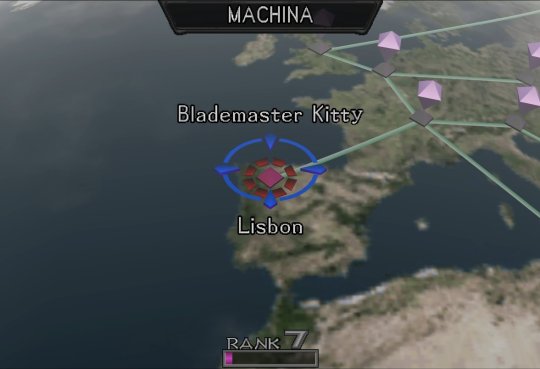

Atlus' futuristic vision of Earth in Maken X includes a most unexpected tour of Europe, with a mandatory stop in Lisbon. Inexplicably, the developers got its geographic location wrong and moved to all the way to the northern Spanish region of Léon. The level, itself, boasts a reasonably accurate depiction of one of the city's oldest quarters, Alfama, and the architectural styles found therein.

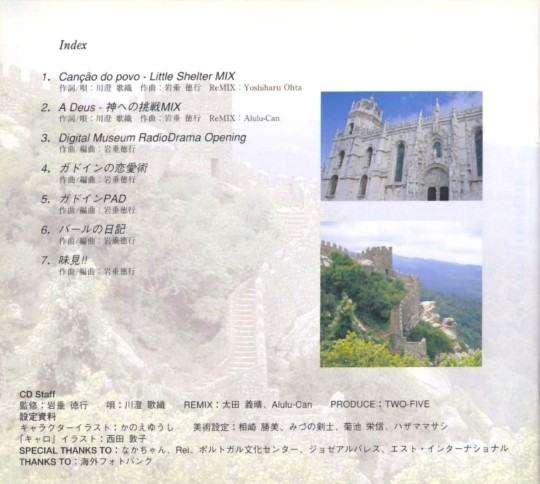
Although I could not discern any actual references in the game itself, the Grandia II soundtrack by the veteran composer Noriyuki Iwadare contains two themes whose lyrics are written in Portuguese: A Deus, a double-entendre that can be translated to both farewell and to God; and Canção do Povo, meaning People's Song. Also, the name of the official soundtrack is named Melodia, which translates to Melody as you'd expect. Both themes were performed by guest singer Kaori Kawasumi, who took on the composer's challenge to sing them despite her not knowing the language.
She was coached and assisted by José Álvarez and Motoi Sato from the Portuguese Arts and Culture Center in Japan, whom she thanks in the acknowledgement section. The Grandia II Special Package edition booklet contains a page with two photos of Portugal, one for the Jéronimos Monastery in Lisbon and the other, seemingly, for the Moorish Castle in the nearby town of Sintra.


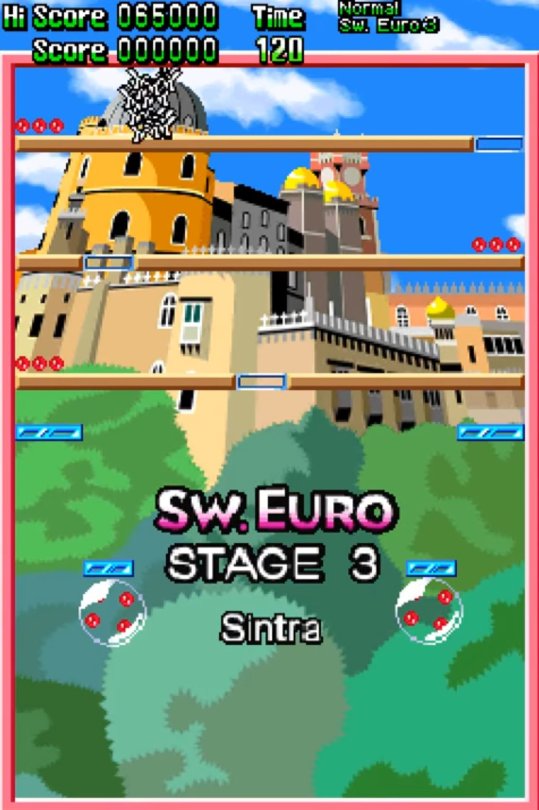
The last Pomping World (a.ka. Buster Bros/Pang) that Mitchell Corporation ever produced before shutting down was the 2010 DS European exclusive Magical Michael. It includes two levels set in Portugal, one in Lisbon by the Belém tower, a nautical landmark, and the other in the Sintra National Palace. Their representation is at once pleasingly stylized and true to life.


This final reference is found in Spike Chunsoft's third installment of their successful visual novel series, Nyūdanganronpa V3 Minna No Koroshiai Shin Gakki. Among the dozens of MonoMono machine items that can be acquired, one is a weathercock styled after a traditional Portuguese folktale hero, the Galo de Barcelos, meaning the rooster of Barcelos, a town in Northern Portugal.
As per the description, this animal became famous through an age-old tale involving a man wrongly sentenced to death who seconds before his execution remarked he was as certain to be innocent as it was certain that a nearby rooster would sing. Because the bird did crow, much to everyone's amazement, he was exonerated. Thus, the black rooster became a symbol for truth.
I would like to thank @diogojira and @DanielOlimac for their assistance in making this article possible.
#Japanese history#Portugal#culture#tradition#japanese videogames#portuguese references in japanese video games#Uncharted waters#the atlas#neo atlas#maken X#pang#magical michael#grandia II#koei#atlus#game arts#mitchell corporation#spike chunsoft#artdink#lisbon#alfama#sinta#Noriyuki Iwadare#kaori kawasume
44 notes
·
View notes
Text

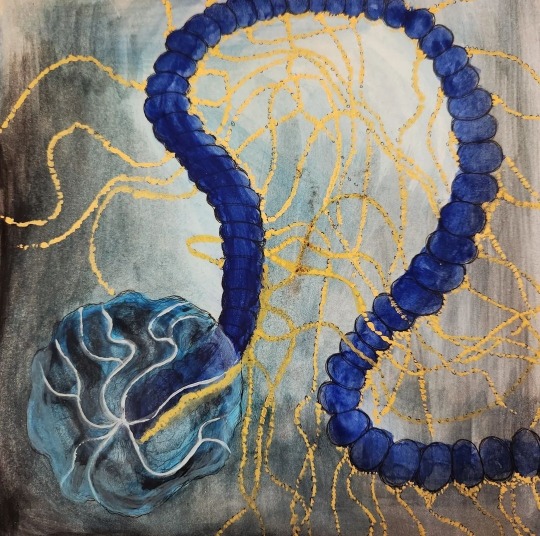
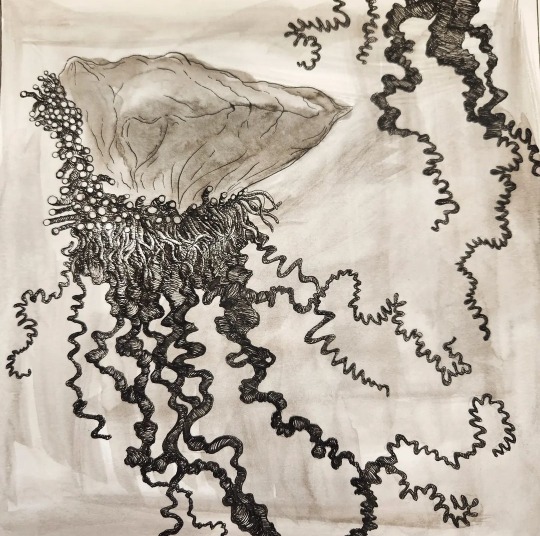

siphonophores - 4/24/23
ink and gouache on bristol
#traditional art#artists on tumblr#siphonophores#bathyphysa conifera#praya dubia#by the wind sailor#portuguese man o war#ink#gouache#mixed media
70 notes
·
View notes
Text
My beautiful country, of traditional values and patriotic love 🇵🇹
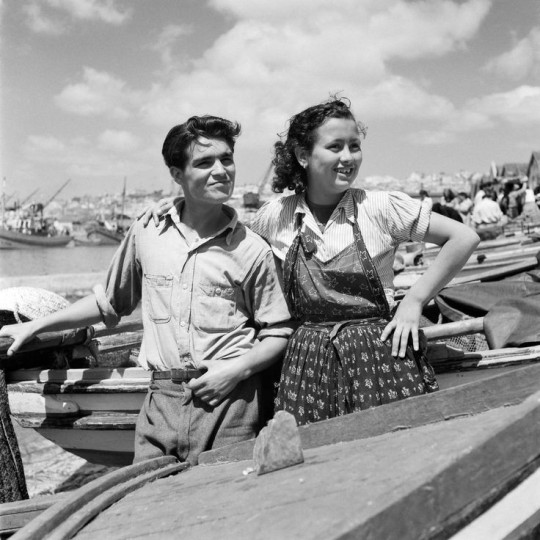
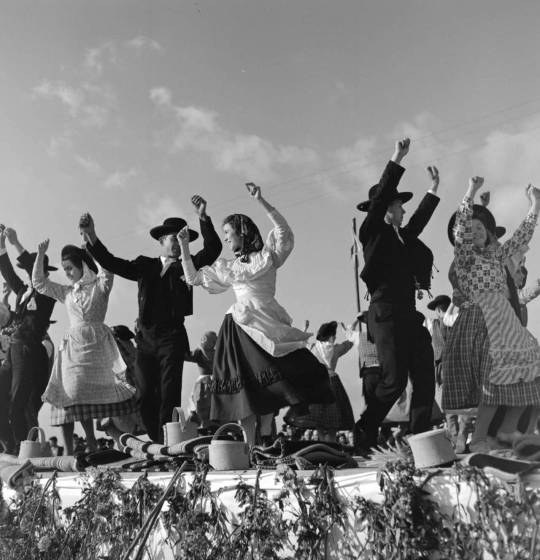
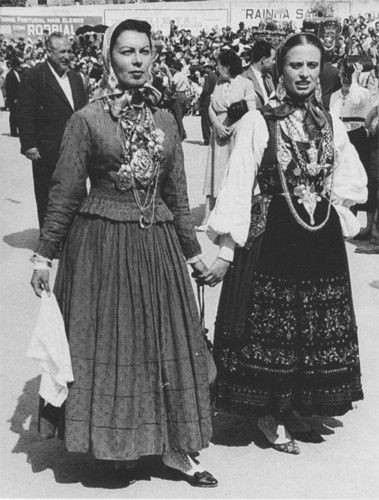

#conservative#tradition#homemaker#tradgirl#catholic#tradwife#50s#christian#mother#wife#portuguese#português#portugal#estado novo#traditional values#traditional costume#rancho folclórico#folclore#folkwear#folklore#Spotify
18 notes
·
View notes
Text

I know I'm coming late, but here's Matoba Seiji w a traditional portuguese outfit (from Ovar) ✨✨
#hexfest2k23#matoba seiji#natsume yuujinchou#natsume book of friends#traditional art#ink drawing#portuguese#folk clothing
19 notes
·
View notes
Text


i was reminded of it, so have a little bit of a Red Guy handmade cosplay i made in february 2023 ˙꒳˙
#anfey care#art#artists on tumblr#cosplay#red guy dhmis#don't hug me i'm scared#red#red guy#dhmis#fandom#diy#handmade#poor cosplayer- hurray!#cospobre#← como costumamos chamar aqui no brasil-#it means like “cospoor” in portuguese-#cospoor#photo#photography#photoshoot#crafts#drawing#traditional art#queer#trans#lgbtq+#nonbinary#enby
7 notes
·
View notes
Text
I hate when I hyoerfixate on a traditional thing because it's like; who am I going to talk to about this? Does anyone wanna hear me scream about all the versions I found of this traditional Portuguese song??? Does anyone wanna hear me talk about the parallels of love and control? The usage of the song in a communist event? The weird obsession of Portuguese traditional songs of being love songs that have the men in love with the women putting themselves in the position of "you're such a beautiful woman and great and I love you but I'm so bad and not worthy of your eyes even landing on me", which very likely comes from the Galician-portuguese poetry of medieval times where Galician-portuguese was the prestige language over here and everyone was writing poetry with this exact concept which in turn was inspired by the Provençal poetry and oh my gods it's been almost a thousand years and we still have repercussions of that in today's (Portuguese) society.
#Traditional music is very pog#even if I hate most commercial fado#Most of the times I'm talking about our folk songs#not the fado style#there's good fado#but most of the people just associate Portuguese traditional music with fado#when our folk music is in my opinion a better representation lf the whole country#with its different songs‚ rhythms and dances#gle original
64 notes
·
View notes
Text
Traditional Brazilian Children's Songs #2
If this street
If this street was mine/belonged to me
I'd order [it to]
I'd order [it to] shine
With shiny pebbles
For my love
For my love to walk by/upon it
If I stole
If I stole your heart
You stole
You stole mine too
If I stole
If I stole your heart
It's because
It's because I wish/mean you well
=-=-=-=
Se essa rua
Se essa rua Fosse minha,
Eu mandava
Eu mandava ela brilhar
Com pedrinhas
Com pedrinhas de brilhante,
Para o meu
Para o meu amor passar
Se eu roubei
Se eu roubei teu coração
Tu roubaste
Tu roubaste o meu também
Se eu roubei
Se eu roubei teu coração
É porque
É porque te quero bem
#Traditional Brazilian Children's Songs#children's songs#traditional songs#brazilian portuguese#brazil#portuguese#brazilian culture#brazilian life#portuguese language#langblr#song lyrics
43 notes
·
View notes
Text

Portuguese embroidery, Portugal, by Festas d'Agonia
#portuguese#portugal#europe#western europe#folk clothing#traditional clothing#traditional fashion#cultural clothing
542 notes
·
View notes
Text
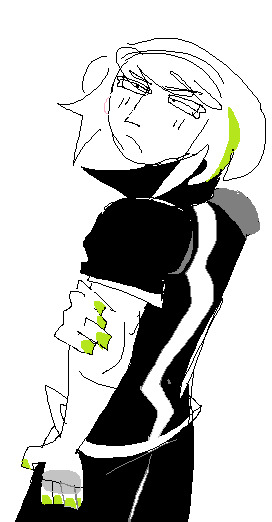
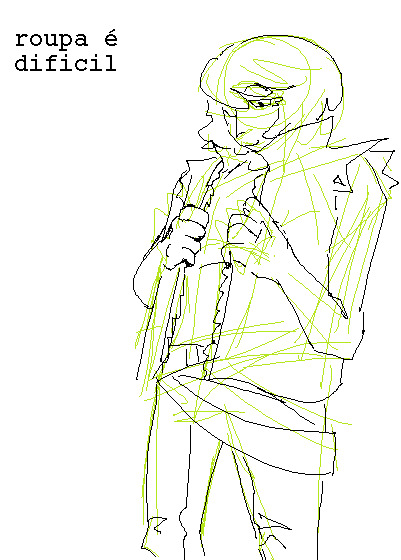

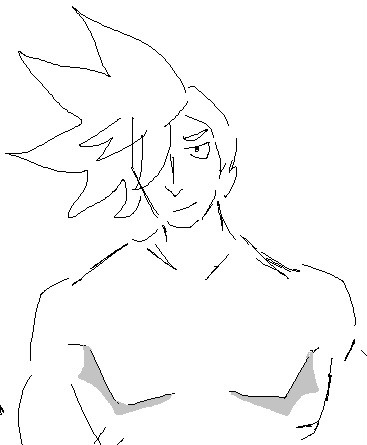
5 notes
·
View notes
Text

Trasgo.
Yes yes, I do have a gnome obsession, but let me tell about the stories of these little fellows in Portuguese lore.
They go by many names and tales. "Trasgos, duendes, gnomos, fradinho da mão furada, etc" my grandparents just called them "little men". They're little tricksters moving around your things, making noises around the house at night, and the like. You can make them little offerings and if they like you, they'll watch over you and your home.
Some say they're just the souls of unbaptized children, which appears to be common theme around many of these mythical folks.
#my own#drawing#traditional illustration#illustration#traditional#tradition#gnomes#duendes#trasgos#Portugal#folklore#mythology#history#Portuguese culture#Europe#European#Fantasy#superstition#artists on tumblr
34 notes
·
View notes
Text
Rememeber when I said we’d start having more tradicional art here? So, I decided my OC, Flare, has a pet snake. A pet rattlesnake!

Flare, her bestie Kerill and the snake
“Snek!” “Poison snek!” “Talk to the snake, bitch”
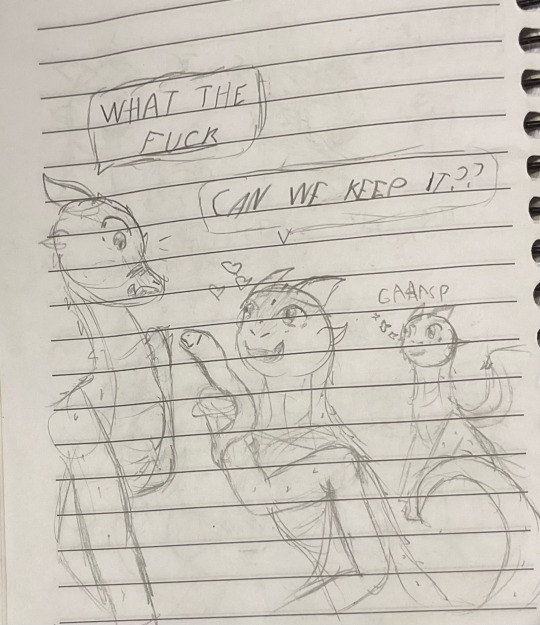
Flare shows her older sister the snake as her younger brother watches
“WHAT THE FUCK” “CAN WE KEEP IT??” (gaaasp)

Flare shows Kerill the new trick she taught the snake
“Kerill, I need to show you something!” “Avel, Scythe.” “Ssshit” (wooah)
(Cascavel (rattlesnake in portuguese) “I taught Avel curse words.”
“Fffuck” “Assss” “Ssshhit”
#tw cursing#tw swearing#my art#my ocs#art#traditional art#Flare (character)#Avel (character)#Kerill (character)#fun fact: why did I name the snake ‘Avel’#in portuguese rattlesnake is ‘cascavel’#cascAVEL#tw snake#tw snakes#cw snakes#snake
2 notes
·
View notes
Text
Don't forget who you are and what came before you. Be proud of your ancestors and of your history.
Deo, Patria, Familia
🇵🇹❤️
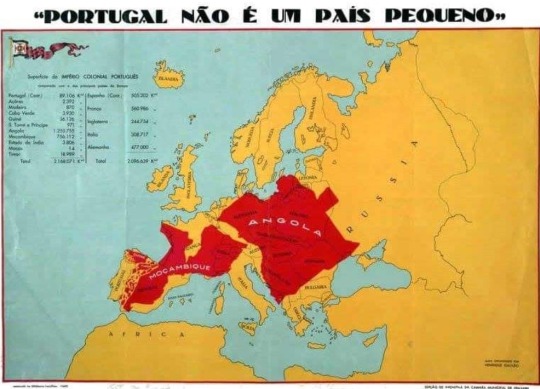

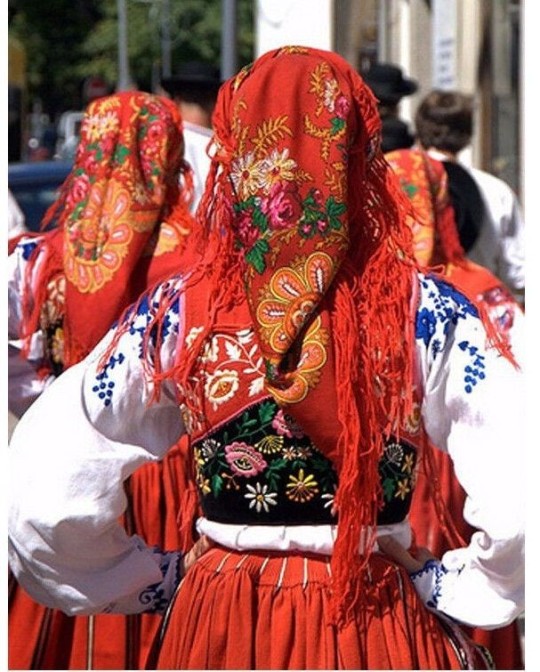
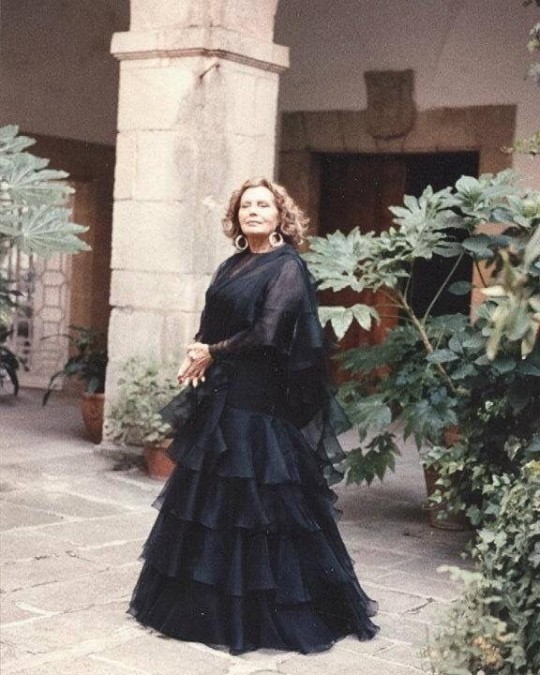

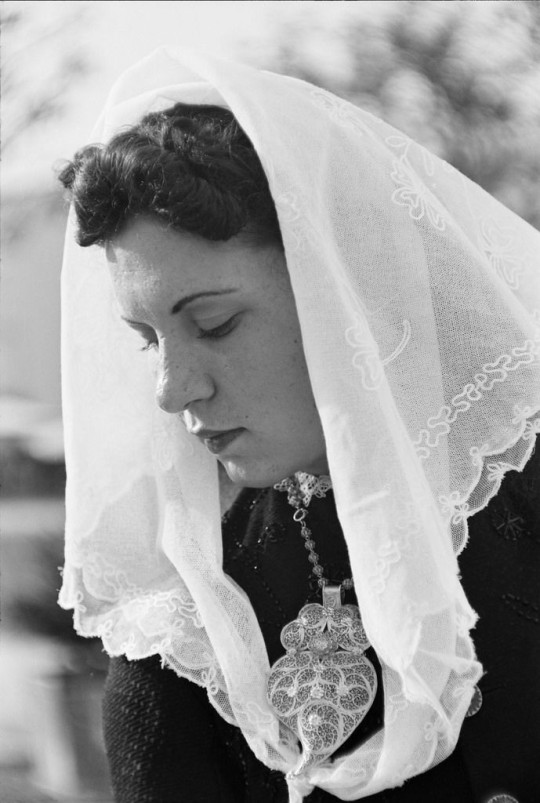
#conservative#tradition#homemaker#tradgirl#catholic#tradwife#50s#christian#mother#wife#estado novo#amália rodrigues#colonization#portuguese#portugal#português
8 notes
·
View notes